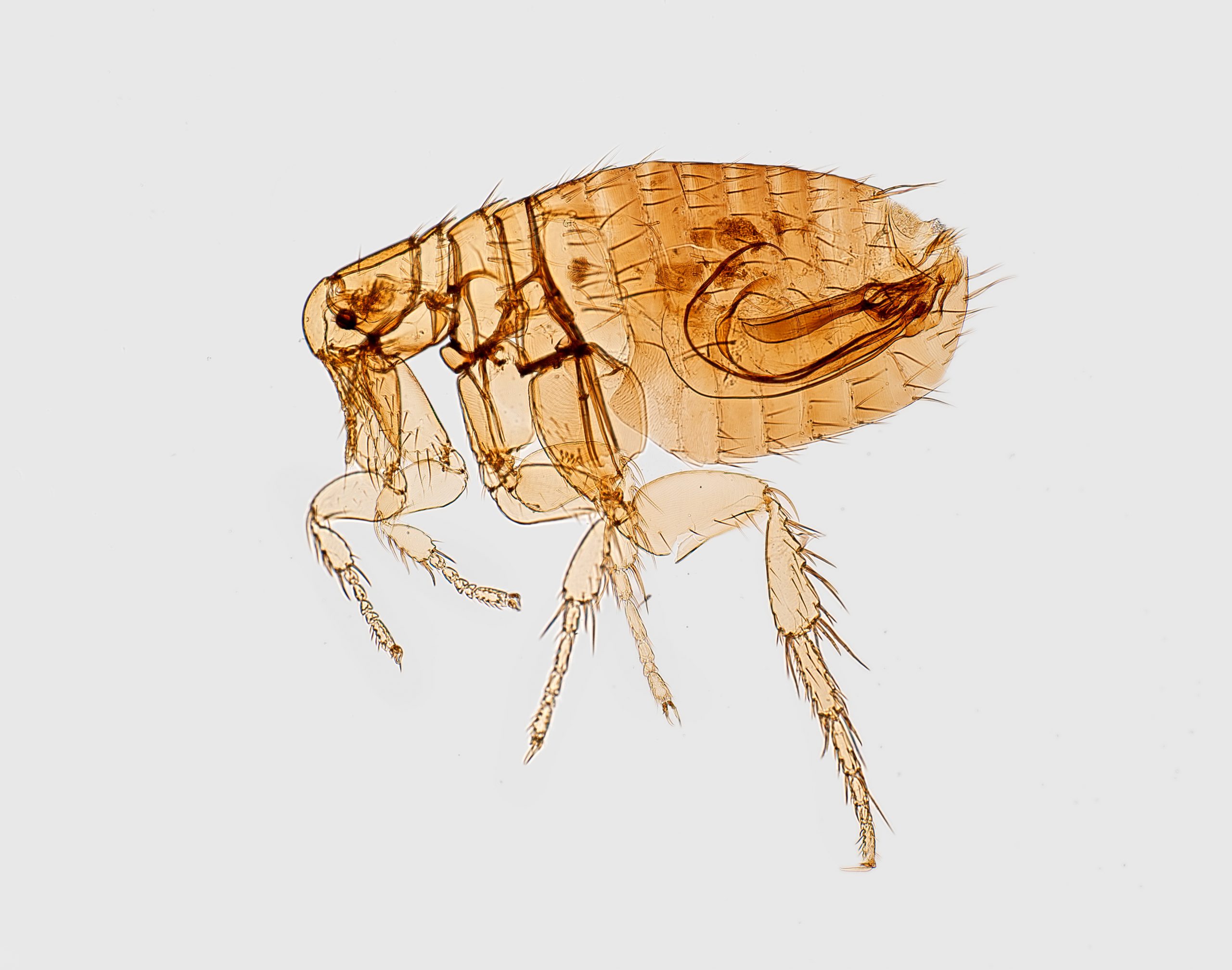Getting bitten by any insect is incredibly bothersome, especially if it keeps irritating you throughout the day. It’s more frustrating if you do not know what type of bug bite you have. Some of the most common bug bites you can get at home are ant, mosquito, and bed bug bites. For the most part, you can tell the difference of an ant bite to a mosquito bite, and mosquito bites to a bed bug bite. However, telling the difference between a bed bug bite and a flea bite can be quite tricky.
It is essential to know whether it’s a bed bug or a flea bug that bit you because you will need different medication types to treat them. In this healthcare news article, we will help you differentiate bed bug bites from flea bug bites.
What do I need to know about bed bugs?
Those small, flat, reddish-brown insects you see crawling on your mattresses, cushions, curtains, and chair seams are bed bugs. Bed bugs feed on human blood. However, these insects are incredibly sneaky because you will not feel or notice their bite. This is because these bugs inject an anesthetic substance to your body as they bite.
Because these bed bugs are sneaky critters, you will only notice that you have been bitten by them when tiny purple marks appear on your skin. When you look at bed bug bites closely, you will see a reddish area with a middle point. This point is also known as a punctum, where the bug has bitten you, and these bites are usually linear.
What do I need to know about flea bugs?
The most significant difference between bed bugs and flea bugs is the type of blood they want. While bed bugs would instead feast on human blood, flea bugs would prefer to live on your cats and dogs. So if you have pets in your home, you may most likely have flea bugs lurking around.
The reason flea bugs bite you is that sometimes, they may have no choice. If they cannot find your pet on the premises, they will resort to having human blood. Flea bug bites are small red bumps, usually in threes, and may cause rashes called papules. You will most likely find these bites in your body’s creases, such as elbow, waistline, groin, and knees.
What should I do about these bug bites?
Now that you know the difference between a bed bug and a flea bug bite, it is time to treat them appropriately.
Bed bug bites, according to the Centers for Disease Control and Prevention, do not pose medical threats. The best way to treat these insect bites is to use antihistamines, antiseptics, and to avoid scratching the affected area. You will also need to eliminate these bugs by treating your home with insecticide spraying.
Meanwhile, flea bug bites can be a bit alarming. These insects can carry bacteria and diseases, such as typhus or plague, once they bite your skin. However, according to a healthcare news article by MedlinePlus, the best way to treat flea bug bites is by using 1% hydrocortisone cream and antihistamines. When you know that flea bugs exist in your homes, it is best to get your pets treated and get your homes sprayed with insecticides.
Conclusions
Getting bitten by any bug is annoying, but not knowing what type of bug bit you is even more frustrating. Now that you know the differences between a bed bug and flea bug bite, you will be able to apply the necessary treatments to your skin’s affected areas. When you do proper research and read reputable healthcare news articles about how you can handle these insect bites, you will adequately treat these skin conditions. And with enough knowledge about these bugs, you will ultimately keep you, your family, and your pets safe.
Are you looking for more healthcare news articles? Dose of Healthcare is a healthcare news site that provides different healthcare articles for the general public. We have articles on sore throats, remedies on cough, and other healthcare topics. Check out our articles today!


















